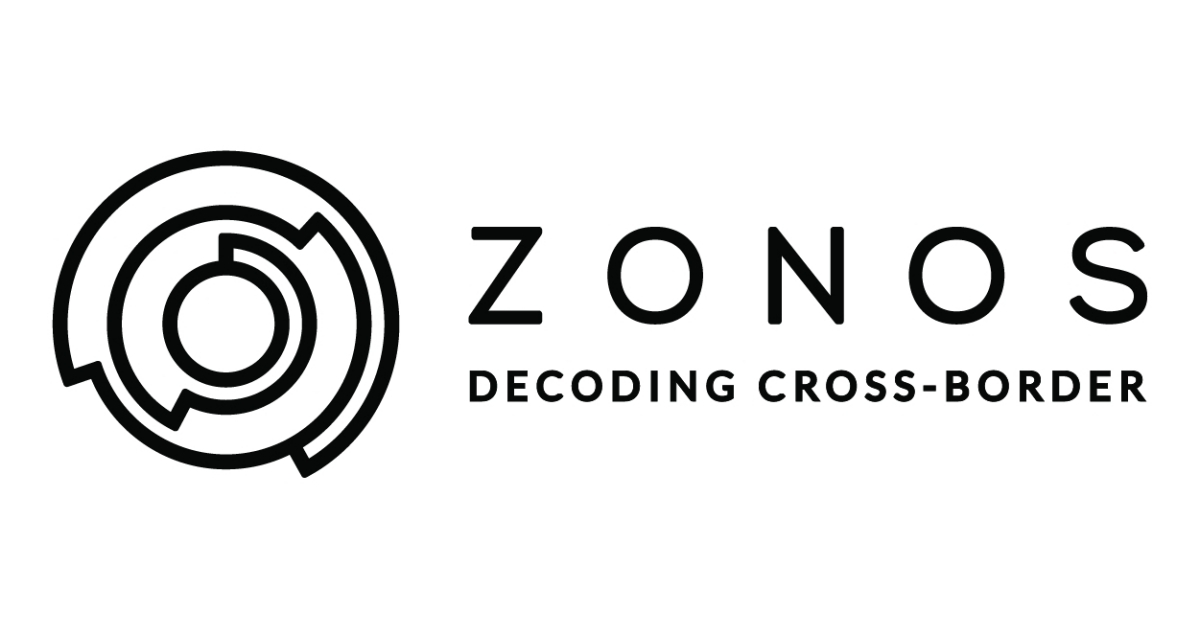
Building a SaaS Startup faces unique challenges. They’re cheap and easy to start, but scaling on a $0 budget is a different matter entirely. But, even with limited resources, there is a path from a great idea to a successful business.
While it’s not easy, engaging customers with a base product and tweaking it based on their feedback will give you the best product in the long game and grow your customer base in the process.
Here is how to start Building a SaaS Startup successfully on a tight budget.
Build a minimum viable product (MVP)
A minimum viable product (MVP) is a basic version of your product that has sufficient features to both attract early-adopting customers and provide early validation for a product idea.
An MVP is a core component of the Lean Startup methodology, which is a “scientific approach to creating and managing startups” that relies on getting a product into customers’ hands faster. According to the methodology, MVPs are crucial because they begin the process of learning about customers’ experiences with a product as soon after conception as possible.
An MVP might seem overwhelming because it requires that you produce an actual product for users. But, once you’ve created it, you will see that your basic product can be your ticket to success.
The big players that started small include: Amazon, which started by selling only books at a low price; Airbnb, whose founders created a basic page to rent out their own loft apartment in San Francisco to help pay rent; and Zappos, whose owner took pictures of inventory he didn’t have, and then purchased them to sell to customers upon receiving orders.
So, ask yourself: What is my service and how can I offer it to consumers in the most basic way?
Use metrics to measure progress
Determining the best metrics to measure progress can feel like tedium, especially if you are swimming in big ideas. But, setting milestones and tracking progress is crucial to a startup’s evolution and success.
And, they go hand-in-hand with an MVP.
[Read More: The 5 Metrics That Matter Most in SaaS]
A solid MVP requires Key Performance Indicators (KPIs), or the metrics used to measure your product’s ongoing success rates. These might include, for example, the number of new user signups over the last 30 days or the number of repeat logins over the last 30 days.
Defining an MVP feature set requires you to identify key features, the estimated costs associated with those features, the KPI affected by each feature, and the Key Performance Factor. The goal of this process is to determine the value of each feature, which will guide you in tweaking valuable features and pivoting away from less valuable features without burning through too many resources.
This process of applying ongoing learning based on customer feedback will allow you to make your product as valuable as possible for users, growing your customer base along the way.
[Read More: Metrics Madness]
Focus on successfully managing projects
Once you have measured your startup’s progress in a way that helps you to prioritize the work to be done (key features to modify, etc.), it’s important to make sure that the work gets done. In other words, startup leaders must practice project management basics, even if they don’t have formal training.
Why is project management important for a small team of dedicated entrepreneurs? Because, even if you love your team, successfully completed projects are not a given. And, time and effort spent on unsuccessful projects, or doing too many things at once, can become a mountain of wasted resources. Even more, a small and democratic team can make it hard for a team leader to say “no” without friction.
A system for project management can keep a startup on track by helping teams to avoid working on an excess of projects or ideas, which often derail success.
The path from idea to success is not easy, but if product development is driven by customer feedback and company resources are allocated wisely, it’s only a matter of time before you get there.








